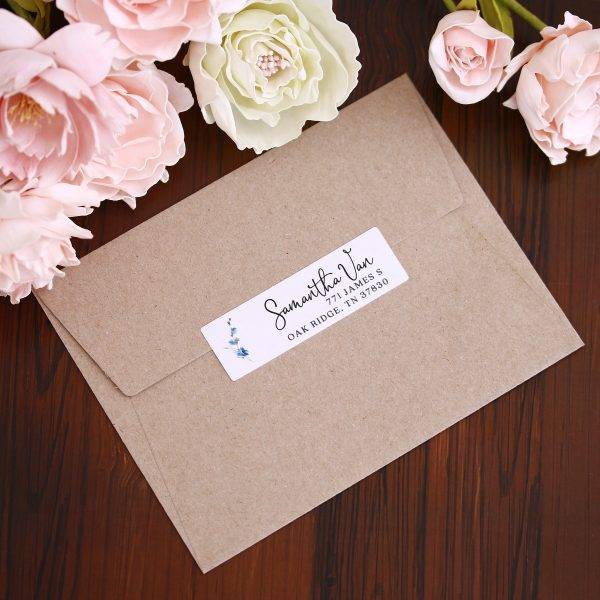Floral Label – 14+ Examples, How to Create
In marketing, labels are vital in delivering significant information to consumers through a small tag containing details that are unique to that particular item (or line of products). Similarly, many designers use floral labels as a decorative piece for weddings, bridal parties, baby showers, and other formal events. These label designs serve a wide variety of functions and may be used in different fields for an intended purpose.
Floral Wedding Address Labels Card Example
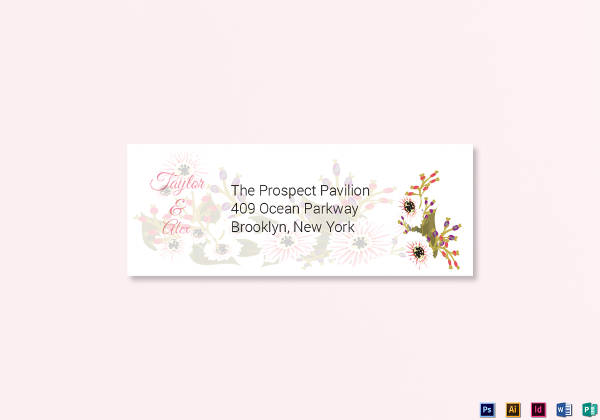
Pink Floral Wedding Label Example
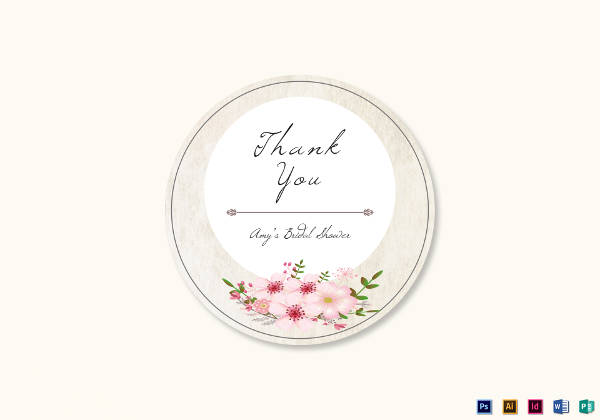
Burgundy Floral Wedding Address Labels Card Example
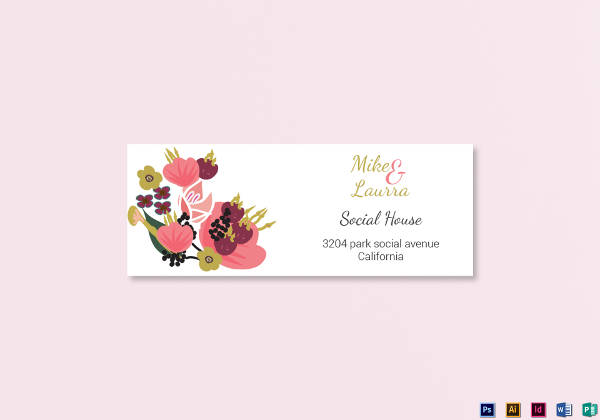
The Importance of Labeling in Marketing
How important is it to read the label of a particular product before making a purchase?
How often have you bought an item, only to realize it isn’t what you need or isn’t from a brand you were familiar with?
For most consumers, a label helps them identify whether a product is worth purchasing or not. This is essential in terms of product identification, given how there are a great number of manufacturers that produce the same line of goods in the market. This is often used to relay information regarding a product’s ingredients (or content), to relay statutory information in order to spread awareness, and to help a brand establish itself to an audience. You may also see round logo design examples.
For us to understand the importance of labels in marketing, let’s look into the following functions:
1. To describe the product and its contents
The most common function of a label is to provide complete information about a product based on its ingredient, its usage, a disclaimer (or caution), cares to be taken while in use, its manufacturing date, its designated batch number, and other relevant details that might be useful to buying customers. You may also see abstract logo designs.
Through the information supplied by the label, consumers can identify whether the product is something that suits their needs, fits within their spending range, and complies with their personal preferences, therefore influencing one’s buying decision.
2. To provide product or brand identification
While going through multiple aisles and shelves in a grocery store, how are you able to identify one product from the other?
Many manufacturers produce the same types of products for the same consumer market. These items often come in a similar product packaging, with only their labels possessing a distinct characteristic. For many shoppers, it is much easier to identify a particular product among the many goods available in the market with the help of labeling.
Say for example, if you’re looking for a bottle of shampoo manufactured by a certain brand, then you could easily refer to an item’s label to see if it bears the name or company logo of a brand you like.
3. To grade a product
Some companies create different qualities of goods for a single product line. For instance, if you’re selling a certain herbal tea in different flavors, then labeling these products through specified colors will make it easier for consumers to identify. You can use the color green for plain green tea, red for jasmine tea, and yellow for lemon-flavored tea. Using color-coded labels is a great way to mark a product for quick and easy association. You may also see examples of modern logo design.
Summer Floral Wedding Address Label Card Example
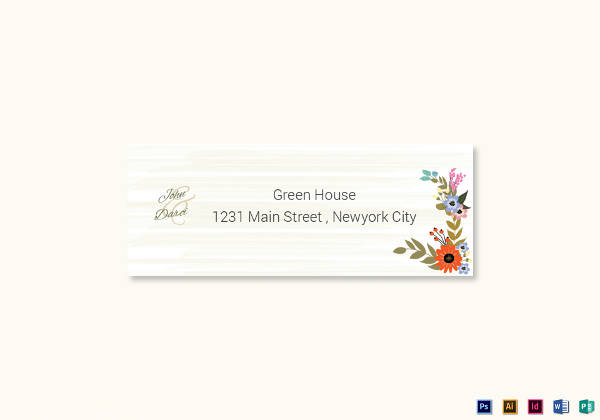
Burgundy Floral Wedding Label Example
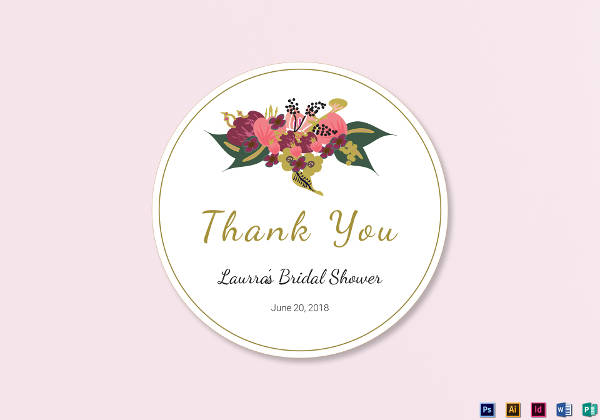
Free Floral Gift Label Example
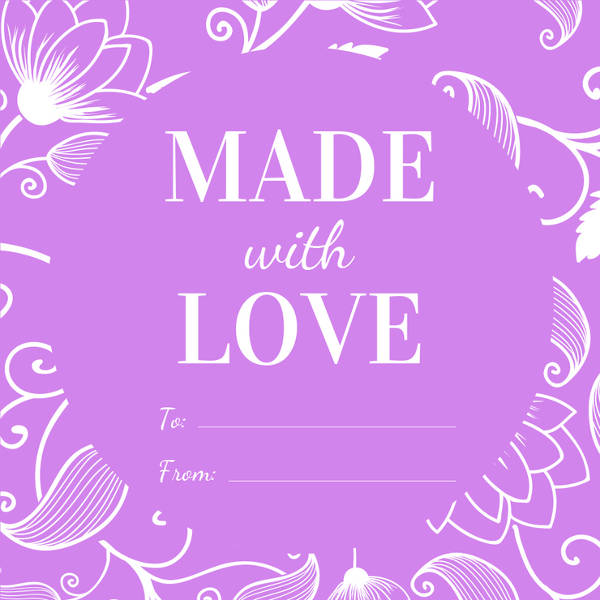
Floral Element Label Examples
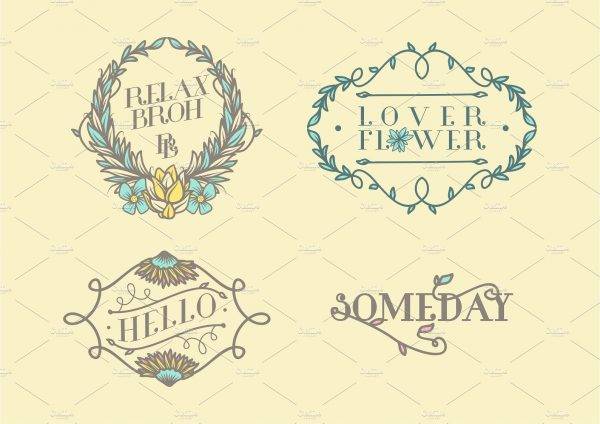
4. To help promote products
One important function of labeling is to promote sales. There are times when people feel a lot more encouraged to purchased due to its attractive label. This could contain compelling words that will prompt an average consumer to pick it up and read what it has to say, or a captivating design that’s enough to pique one’s interest. For this reason, labeling may be considered as an effective promotional tool for generating better sales. You may also like wedding logo design examples.
5. To communicate important information
Another key function of labeling is to provide statutory warning required by law to the general public. You may have noticed how many cigarette packs contain the words “smoking is injurious to health” on its packaging labels to warn consumers about its negative side effects. The same goes for beer bottle labels that remind consumers about the potential side effects of excessive drinking and why to “drink moderately” is highly advisable.
These warnings and disclaimers can also be found in labels of hazardous or poisonous products that could cause serious dangers and damages if they aren’t handled with care. By adding these warning labels to particular products, you can help spread awareness to avoid risks and dangers that have not been acknowledged beforehand.
Floral Welcome Bag Label Example
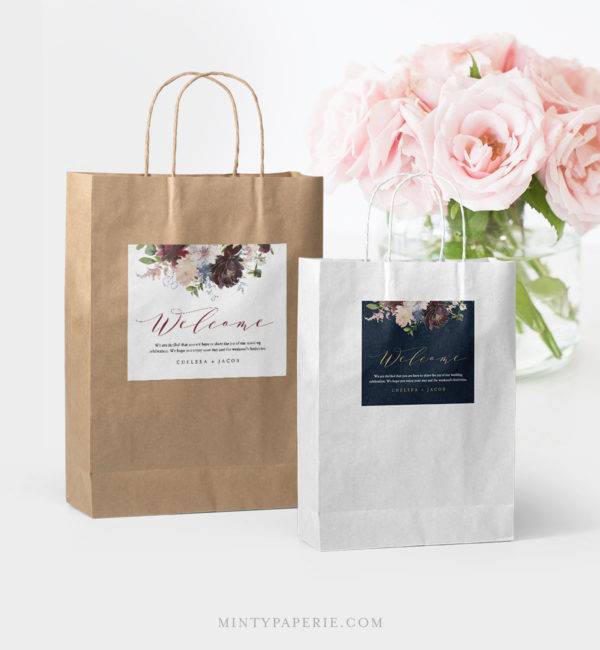
Floral Candle Label Examples
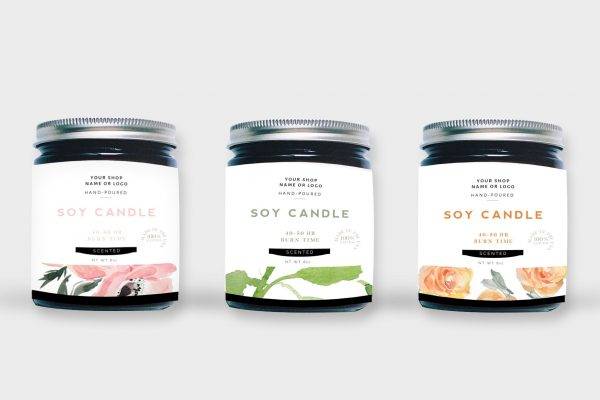
Pastel Floral Label Example

Waterproof Floral Label Examples
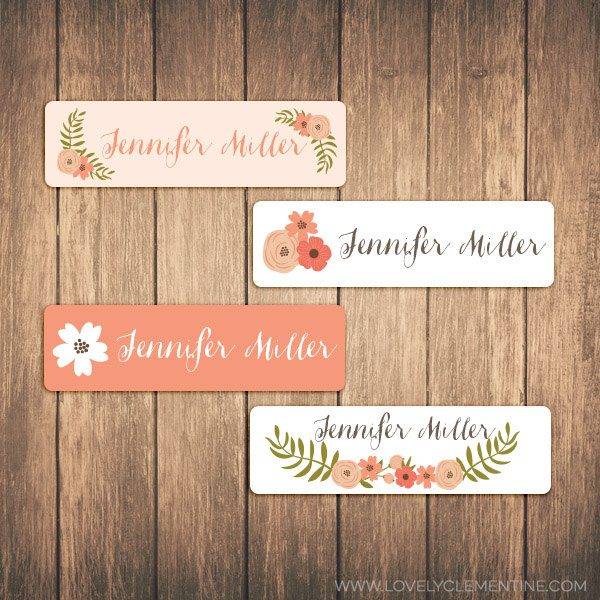
Types of Marketing Labels
While shopping at the local grocery store, we often encounter different types of labels used in marketing. These labels are used for specific purposes and are structured in various ways.
1. Branded Product Labels
As part of a company’s brand building strategy, branded product labels are used to easily distinguish a brand from its market competitors. This is usually bonded to a product’s surface for full visibility and in such a way that will best fit the item. You may also see examples of business logo.
Branded product labels come in two forms: removable and non-removable labels. A permanent label is usually permanent, difficult to remove, and resistant to various factors, while the latter is adhered to a product until it needs to be removed.
2. Eco or Information Labels
An information label, also known as an eco-label, is typically used on fast-moving consumer goods to relay information about a given product to buyers. They are referred to as “eco-labels” due to how they are made after eco-friendly substances to prevent interfering with the items they are associated with. You may also like event management logo designs.
3. Other Product Label Types
Depending on how they are used, product labels can also come in all shapes and sizes. These are regularly produced by the masses by special printing firms to suit the needs of marketers from different industries. Apart from selling a product or advertising a brand, these labels are simply used to tag an item (for its price, quality, manufacturer, etc.) for customers to refer to. You may also check out examples of corporate logos.
Floral Return Address Label Example
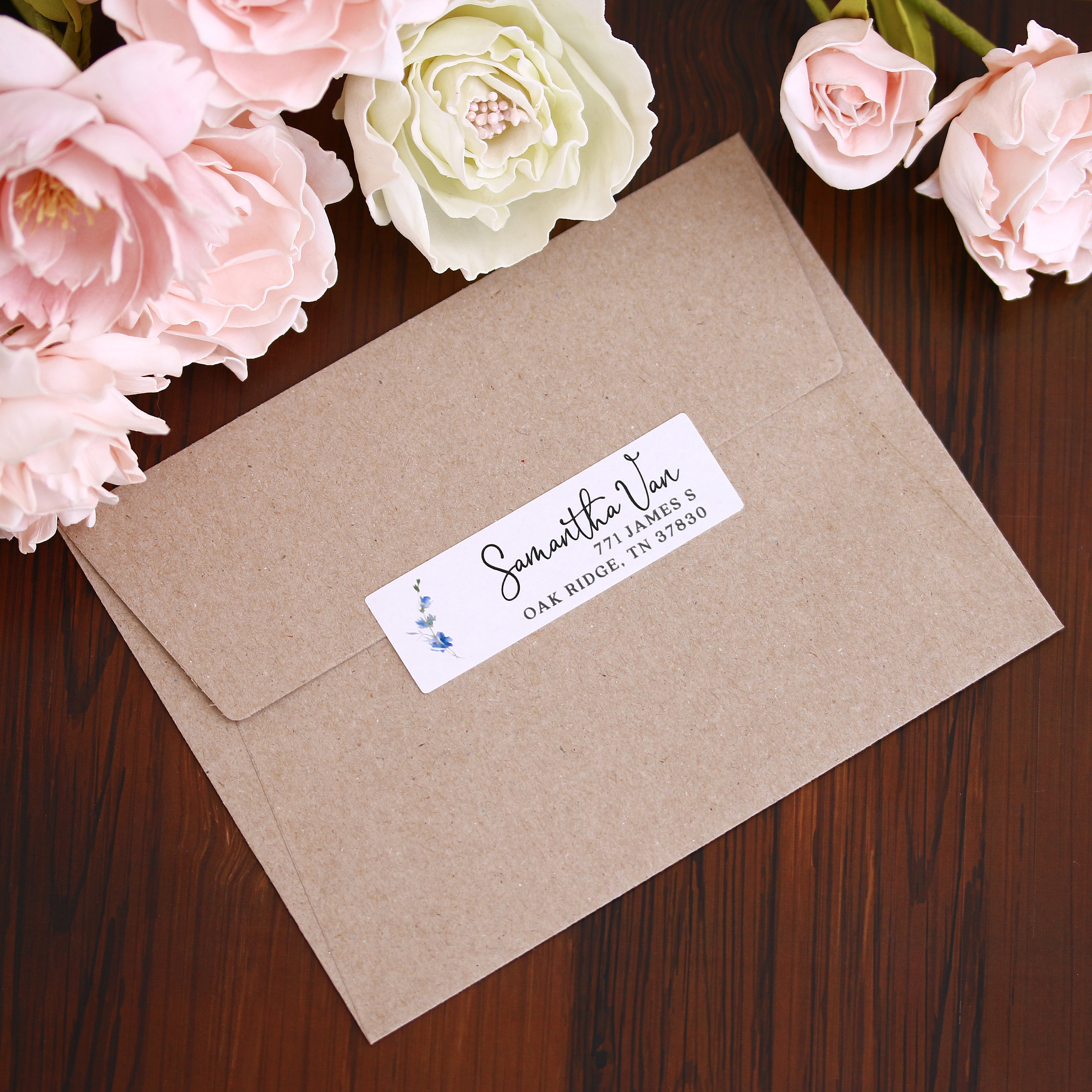
Floral Food Tent Label
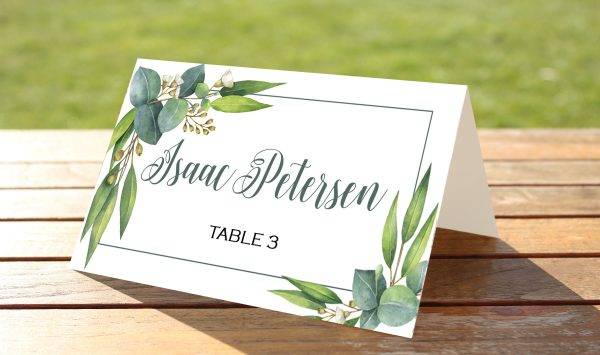
Floral Bouquet Label Example
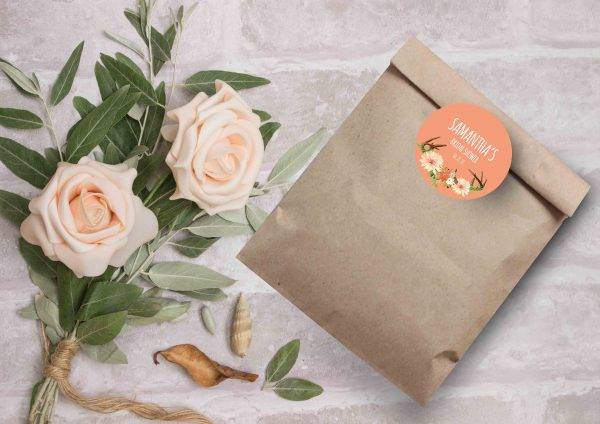
Floral Bridesmaid Wine Label
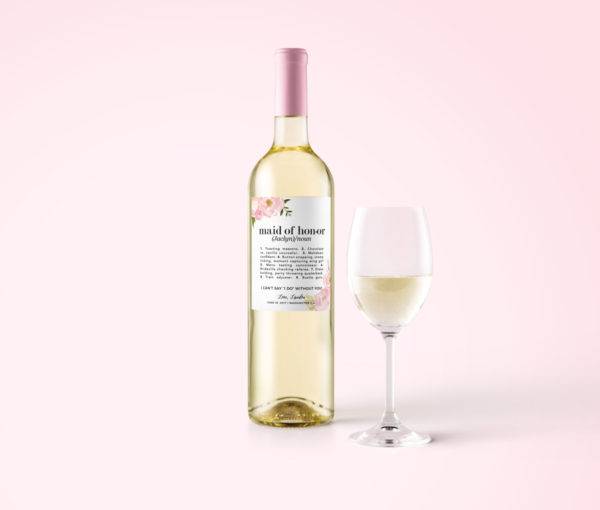
Floral Baby Shower Label Example
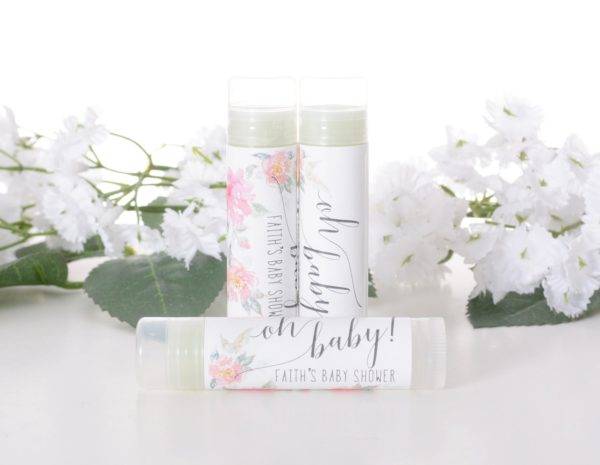
Floral Wreath Label Example
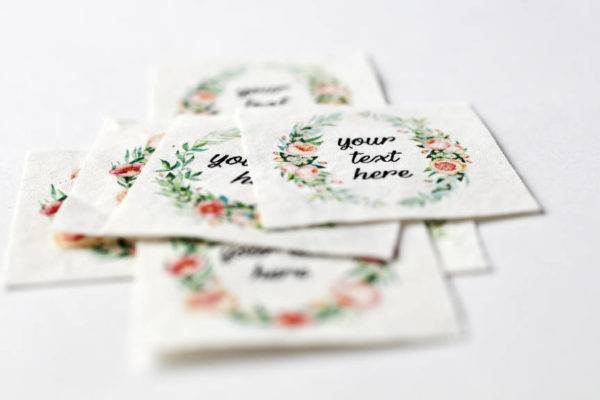
Floral Craft Store Market Label Example
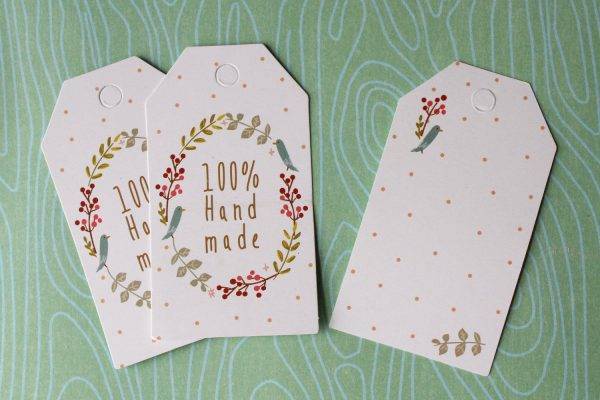
How to Create an Eye-Catching Label
Though labels are most common in the world of marketing, many designers opt to use labels as a decorative material for events and other personal occasions. RSVP labels and vintage labels are just some of the most popular examples of labeling employed outside the marketing spectrum.
But whether you’re creating a label for your business or personal use, it’s important to take note of the following reminders to help you acquire an effective label design:
1. Choose the right software.
The first step to creating the perfect label is to choose the right software to work on your design. There are many good graphic design software choices that professionals recommend even if you haven’t had much experience on the said field. Applications such as Adobe InDesign, CorelDraw, Adobe Illustrator, Page Plus, and Microsoft Publisher are just some examples of design tools that are ideal for beginners. You may also see examples of the best logo designs.
The only thing you really need to worry about is whether or not the said application is something you’re comfortable with using.
Before selecting your software, be sure to conduct your own research on its specs and features. This includes file transfers and conversions that might not be compatible with any of your devices, along with the design capacity of the said platform. So if you think the offered tools are too limited to your own liking, try considering an alternative. You may also like examples of 3d logo designs.
Never settle for a software you aren’t happy about, or you could be wasting precious time on a disappointing outcome.
2. Focus on colors.
Colors, as a vital element in design, possess the ability to influence one’s perception on a given item. This can also affect the readability of text, especially when constructing informative labels that contain critical information about a product. You may also check out examples of logo design.
Avoid black and white labels that are too plain and dull, unless they’re completely necessary due to the purpose of the label or the container you are using. A little competitive research and analysis will help you determine the appropriate colors for your label.
3. Pay attention to typography.
Keep in mind that your font choices can greatly affect the readability of your labels. While using the standard font faces of Arial and Times New Roman might be too typical to your own liking, you’d still want to keep it safe with a type choice that people could easily grasp. You only have a few seconds to grab the attention of your audience, so if your text is quite difficult to read from a considerable distance, their attention would quickly divert to something else. You might be interested in service logo design examples.
4. Include images and graphics.
Graphics and product photos can go a long a way in advertising, which is why adding it to your label will be of great help. You can either use vector illustrations for a more creative approach, or use actual product images to give an audience a realistic view of the said item. You may also see examples of restaurant logo.
Since labels are relatively small compared to other communication tools, you need to make sure that the image appears clear from a distance away. Be sure to use high-quality images for this to obtain a visually appealing label.
5. Select an appropriate material.
When creating a label design, you need to make sure it’s in sync with the label material you have chosen. Most designers use a white or foil material to help make the label stand out from the packaging. But if you want to cut out shapes or make the label blend in with the rest of the packaging, then a clear label material would do. You may also like flat logo designs & examples.
Product labels are an essential medium for imparting information about a product, as well as helping it stand out among a sea of competitors. By communicating both the identity and description of a given product to an audience in a brief yet precise manner, consumers can easily distinguish a brand from its competitors, and make smart buying decisions based on the content written on the label. Thus, designing a label that is both creative and readable will help you deliver a message effectively. You may also check out inspiring salon logo design ideas.


